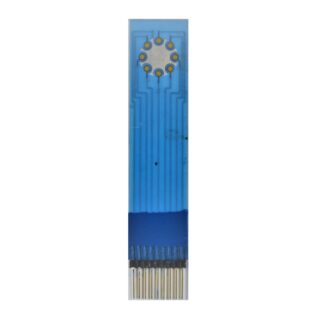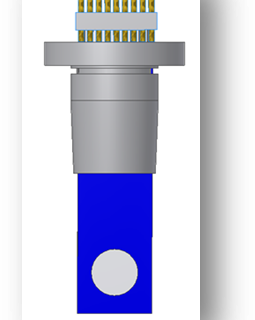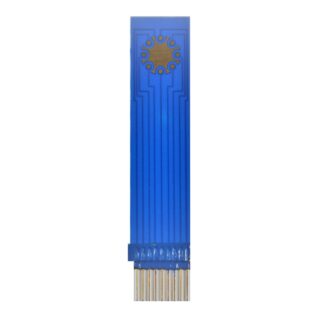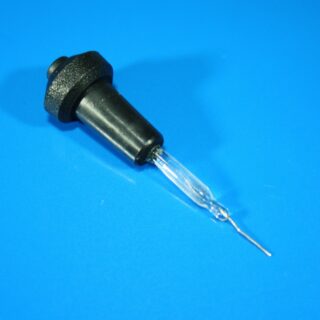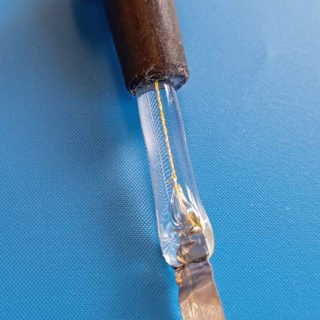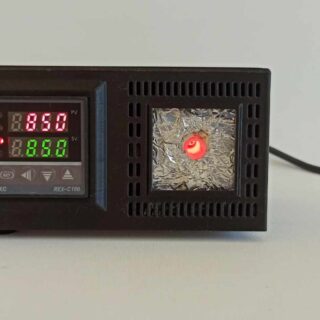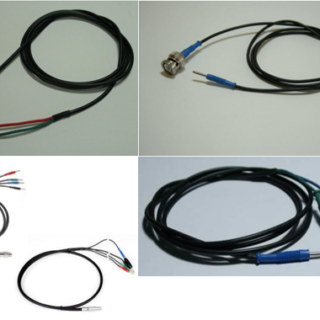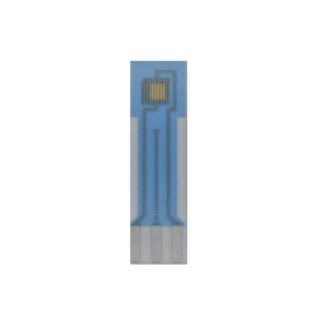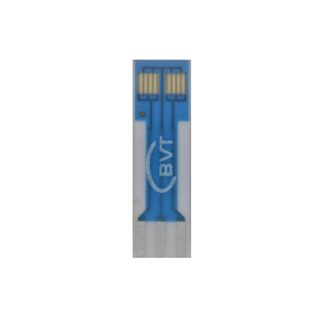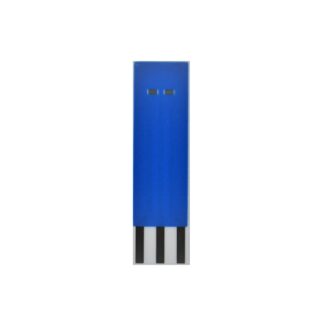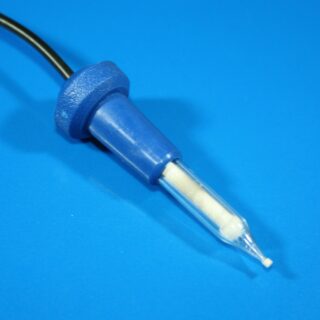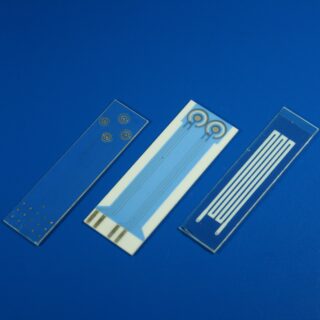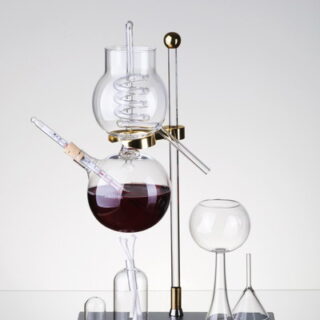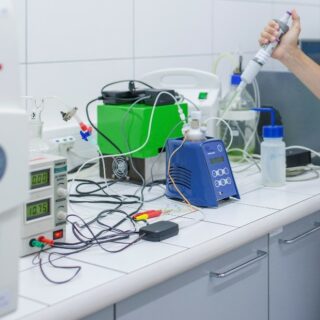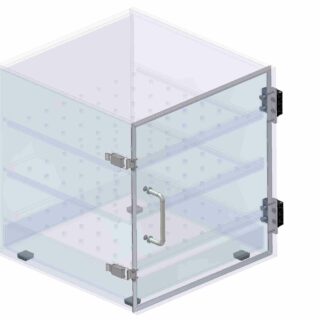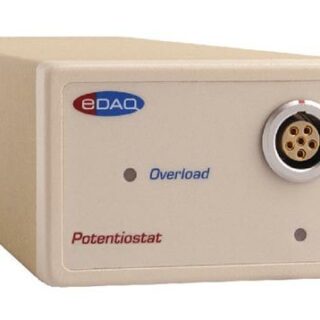Category
- Custom made glass products
- CUSTOMER SERVICES
- NEW PRODUCTS
- Sensors and electrodes
- Custom made and Modified Screen Printed Electrodes
- Stirrers
- Cables and connectors
- Cell
- Potentiostats
- Manual Screen Printer
- Minithermostat
- Pumps
- Accessories
- Kits & Sets
- Discounted SPEs (at a reduced price with visual defects/inconsistancies, but fully functional)
Archives: Products
Showing 33–48 of 127 results
-
AC9C Electrochemical sensor
Read moreAmperometric sensor with an array of 8 working electrodes and 1 common reference electrode made by thick film technology with integrated connector
Dimensions: 59.0 x 12.7 x 0.63 mm
WE material: Au/Pt, Au, Pt, Ag, C
The sensor is formed on a corundum ceramic base. On to this surface eight working electrodes, and the reference electrode are applied. The electrodes can be made of variety of materials (see below). At the end of the sensor there is an integrated connector. It is connected with the active part by the silver conducting paths which are covered by a dielectric protection layer. Different bio-chemically active substances can be immobilised on the working electrodes of the sensor.
-
AC9C.WSP Electrochemical sensor
Read moreAmperometric sensor with an array of 8 working electrodes and 1 common reference electrode made by sputtering with integrated connector
Dimensions: 59.0 x 12.7 x 0.63 mm
WE material: Au
The sensor is formed on corundum polished ceramic base. On to this surface eight working electrodes, and the reference electrode are applied by sputtering. The working electrodes are made of gold. At the end of the sensor there is an integrated connector. It is connected with the active part by the silver conducting paths which are covered by a dielectric protection layer. Different bio-chemically active substances can be immobilised on the working electrodes of the sensor.
-
ACEc.Pt plate Auxiliary Classic Electrode Conic with platinum plate
Read moreACEc.Pt plate is a glass tube with platinum plate of guaranteed purity 99.99 %. Standard connection is with a 2 mm banana plug. Auxiliary classic electrode with platinum plate (ACEc.Pt plate) is designed for electrochemical measurements.
Dimensions of Pt plate: 15 x 5 mm Pt
(Pt thickness approx. 0.21 mm)The size of the platinum sheet can be adjusted at the customer’s request.
-
Activation furnance for electrochemical sensors
Read moreThe activation furnance is a device used for curing individual sensors of the AC1 type. At a defined temperature (up to 1000 °C) depending on the electrode and sensor materials. When the sensor is cured, the surface of the electrodes is cleaned from surface oxides and organic impurities, which results in regeneration of the sensor or its activation. In this way, for example, old sensors with immobilized enzyme layers can be cured for reuse – see example at the end ot the document.
-
CC1 Electrochemical sensor
Read moreA conductivity sensor made by thick film technology with interdigitated structure of electrodes
Dimensions: 25.4 x 7.26 x 0.63 mm
WE material: Au/Pt, Au, Pt, Ag, C
The sensor is formed on a corundum ceramic base. Onto this surface two interdigitated structures of electrodes are applied. The electrodes are made of Platinum-Gold alloy in standard product CC1.WS. At the end of the sensor there is a contact which is connected with the active part by the silver conducting path which is covered by a dielectric protection layer. A bio-chemically active substance can be immobilised on the working electrode of the sensor.
-
CC2 Electrochemical sensor
Read moreA conductivity sensor with two active parts made by thick film technology with interdigitated structure of electrodes
Dimensions: 25.4 x 7.26 x 0.63 mm
WE material: Au/Pt, Au, Pt, Ag, C
The sensor is formed on a corundum ceramic base. Onto this surface two interdigitated structures of electrodes are applied. The electrodes are made of Platinum-Gold alloy in standard product CC2.WS. At the end of the sensor there is a contact which is connected with the active part by the silver conducting path which is covered by a dielectric protection layer. A bio-chemically active substance can be put on the electrodes, one interdigitated structure, the second structure is reference.
-
CC3.WSP Electrochemical sensor
Read moreA conductivity sensor with two active parts made by sputtering with interdigitated structure of electrodes
Dimensions: 25.4 x 7.26 x 0.63 mm
WE material: Au
The sensor is formed on a corundum ceramic base. Onto this surface two interdigitated structures of electrodes are applied. The electrodes are applied by sputtering. At the end of the sensor there is a contact which is connected with the active part by the gold conducting path which is covered by a polymer dielectric protection layer. A bio-chemically active substance can be immobilised on the electrodes, one interdigitated structure, the second structure is reference.
-
CEc Calomel Electrode Conic
Read moreThe calomel electrode (CEc) is a reference electrode based on the reaction between elemental mercury and mercury(I) chloride.
The aqueous phase in contact with the mercury and the mercury(I) chloride (Hg2Cl2, “calomel”) is a saturated solution of potassium chloride in water. The electrode is linked via a porous frit to the solution in which the other electrode is immersed. This porous frit makes liquid junction.
Calomel electrode (CEc) is designed for measurements with thermostated cell TC4, TC5, TC6, TC9.
-
Custom and Modified Screen Printed Electrodes (SPE)
Read moreWe offer our customers Modified and Custom Screen Printed Sensors based on their demands and needs, we will also recommend to the customer if there is a better option for their intended purposes.
Examples of possible Modified SPE Surfaces
Graphine, Streptavidin, Polyaniline and High-purity Materials.
High-purity material on WE
We can provide polished working electrode or insert a high-purity material on WE (99.9% or better).
The WE can be applied also by sputtering.
Materials of WE
We can offer you not only standard materials as Au/Pt, Au, Pt, Ag, C (carbon) but also glassy carbon, Ni, Cu, and other materials.
Special Active Surfaces
We can provide SPEs with Special Active Surfaces using Copper (Cu), Nickle (Ni), Magnesium (Mg), Bismuth (Bi) and Zirconium (Zr).
Sensor/device size
The Technological capabilities and our experience and knowledge enable us to produce devices from as small as 3 x 6 mm, up to as large as 150 x 1200 mm.
-
Custom made glass products
Read moreIn cooperation with a glass company that manufactures custom glass electrochemical cells for BVT, we offer a unique opportunity to manufacture custom glass products according to customer requirements.
This may include electrochemical flasks, cells, distillation columns and utility glass in dimensions and shapes that meet the customer’s requirements.
-
Customer Consultancy Services
Read moreBVT offers consultancy services to all our customers; up to 2 Hours are available to all our customers for free included in the orders, however depending on the complexity of the questions/requests, some charges may be requested, from 50 Eur/Hour.
If no order has been placed, we will still try our best to help, but depending on the complexity of the questions/requests consultancy charges may be requested.
-
EA163 Potentiostat
Read more- Modular potentiostat
- 4 modes: potentiostat, galvanostat, ammeter and voltmeter
This modular potentiostat is perfect for cyclic voltammetry and electroanalytical chemistry, and can use two (working and counter), or three (working, auxiliary and reference) electrodes. It can also operate as a galvanostat, ZRA (zero resistance ammeter), and high impedance voltmeter. It must be used together with any e-corder model.
The bandwidth of the EA163 is 100 kHz and so it is suitable for use with the Z100 Electrochemical Impedance Analyzer.
More information can be found through the link: https://www.edaq.com/EA163

